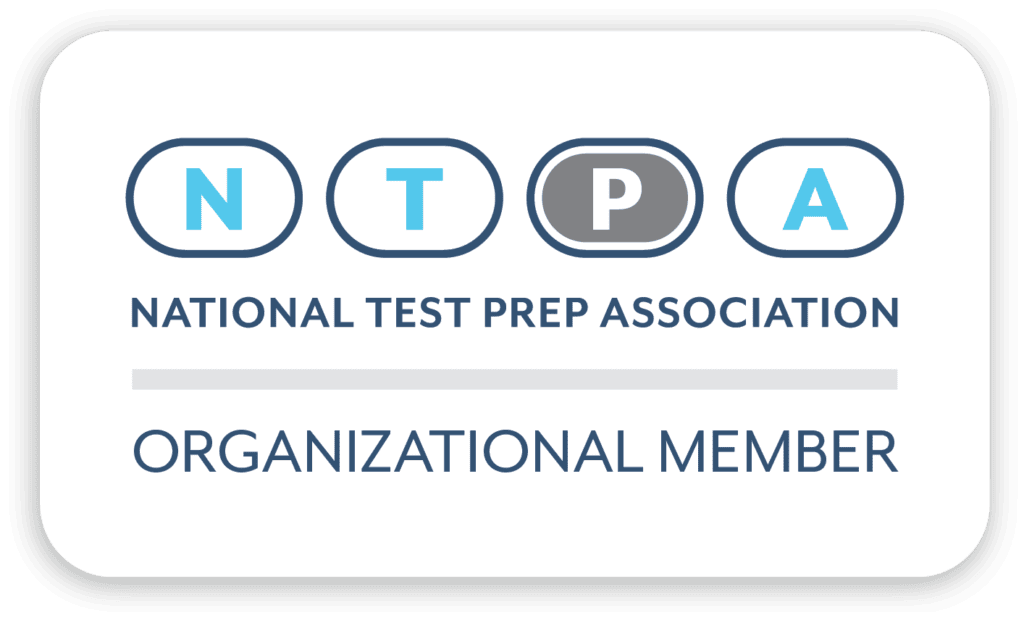The phrase ‘stupid mistakes’ really bothers me, and I hear it from a student at least once a week. “Oh, that was just a stupid mistake” or “I just made a few stupid mistakes”. Some students have learned that ‘stupid’ is insensitive, so they say ‘silly’ or ‘careless’, but the tone is the same: disdainful and dismissive.
There are two major issues here. The first is that this is not a very nice thing to say to ourselves. The second is that this phrase obscures some really important information. The errors that students dismiss as ‘stupid’ mistakes generally fall into three clear categories: Operational errors, attention errors, and transcription errors. When we write these errors off as silly mistakes, we miss out on an opportunity to understand these errors so that we are empowered to avoid them in the future.
Operational errors occur when we know what to do but we make a mistake in execution, and they are especially common in Math. The two operational errors students make most frequently on the SAT and ACT are a result of combining positive and negative signs and distributing multiplication with binomials.
Example 1:
If f(x) = 15 – 2x, what is the value of f(-4)?
The correct answer is 23, but many students incorrectly answer 7 because they miss the double negative that occurs when we plug in the -4: f(-4) = 15 – 2(-4) = 15 + 8 = 23
Example 2:
If (x – 5) = √n, what is the value of n in terms of x?
The correct answer is x2 – 10x + 25, which we get by squaring both sides. However, many students get x2 + 25, leaving out the middle term because they just distributed the exponent rather than multiplying out (x – 5)(x – 5)
Most students recognize and understand these errors when they are pointed out, but how do we prevent them from happening in the first place? The solution is awareness. When students recognize that a problem includes different signs or they see parentheses that tell them they’ll have to distribute, they need to slow down and take the time to get their operations right. When we pay attention to the types of operational errors we make, we equip ourselves with the necessary understanding to avoid repeating them.
Attention errors are exactly what they sound like: students miss important information because they aren’t paying attention, or they may be paying attention to the wrong things. These errors are especially common in word problems, as well as problems that include a ‘NOT’ or ‘EXCEPT’.
Example 3:

*From ACT Form 72C
This type of question is especially common on the ACT, and students make the predictable mistake of missing the ‘NOT’ and instead choosing an answer that IS grammatically correct as opposed to the one that is not.
Example 4:

*From SAT Test 6
This question presents a common ‘false aha’ moment when students solve for x, find that it equals 12, and thus choose (c). However, the problem isn’t asking for x, it’s asking for 2x – 3, which would actually be (a).
The most effective strategies for avoiding attention errors include underlining key information in word problems and rereading the last sentence of the question to make sure that we are solving for the correct value. Students must understand that every test is a reading test, and they must be deliberate about not only executing the work itself but also making sure that they have actually answered the question they are being asked.
Transcription errors happen when students copy down information incorrectly. This happens to all of us – we know what we meant to write, but we still put the wrong thing down on paper. Here, again, deliberate work is crucial. Positive and negative signs pop up as the most commonly miswritten items, but students sometimes write down the wrong numbers altogether. This is a common result of students knowing exactly what they need to do to solve a problem and then speeding up rather than slowing down. The moment we know exactly what to do to solve a problem is the most pivotal moment on a test, because we can either rush to be done with the problem quickly or we can be intentional about making sure we get every piece of it right. This includes making sure that we have copied information down correctly before we start using that information to solve the problem.
While each of these types of errors is unique, the solution is largely the same: be aware of the mistakes you make most frequently and work slowly enough that you can recognize risky questions and be extra conscientious in answering them. Time and again, students find that the most effective possible approach to high-stakes testing is to prioritize doing their work well over doing it fast. With practice, students will learn to work both quickly and effectively, their speed no longer coming at the expense of precision.






